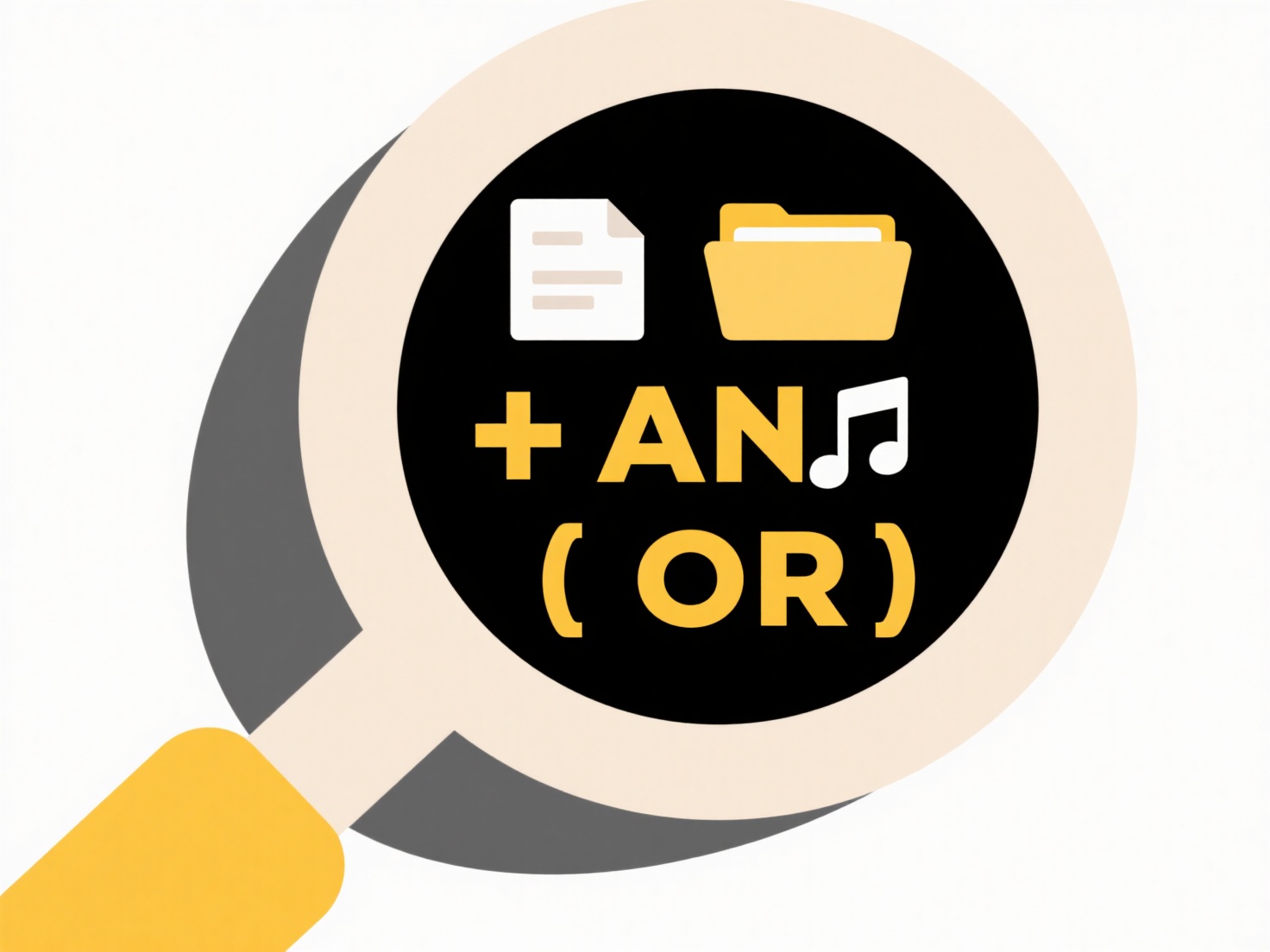
Cloud storage refers to remote digital space allocated to you by a service provider for storing files. Running out means you have consumed all your allotted storage capacity. At this point, the provider will typically stop allowing new file uploads, blocking any attempts to save additional data to your cloud drive. File synchronization across your devices might also cease. Specific consequences depend on the service, but common results include failed email attachments in provider-integrated mail (like Gmail), inability to backup photos or documents, and stalled collaborative work.

Common examples illustrate this impact. For individual users on a free Google Drive or iCloud plan, reaching the limit might prevent automatic backups of new phone photos to the cloud until space is freed or purchased. Within a company using Microsoft 365, an employee whose OneDrive for Business storage is full cannot upload new project files or receive documents shared via Teams until they manage their existing files or request an administrator for more storage.
The key limitations involve workflow disruption and data loss risk if critical files can't be backed up. While most providers offer clear notifications and easy upgrade paths (paying for more space), costs accumulate over time and users can become dependent on a single provider (vendor lock-in). Future developments focus on smarter tiered pricing and management tools that help users identify and delete redundant files automatically to postpone the need for constant upgrades.
What happens when I run out of cloud storage space?
Cloud storage refers to remote digital space allocated to you by a service provider for storing files. Running out means you have consumed all your allotted storage capacity. At this point, the provider will typically stop allowing new file uploads, blocking any attempts to save additional data to your cloud drive. File synchronization across your devices might also cease. Specific consequences depend on the service, but common results include failed email attachments in provider-integrated mail (like Gmail), inability to backup photos or documents, and stalled collaborative work.

Common examples illustrate this impact. For individual users on a free Google Drive or iCloud plan, reaching the limit might prevent automatic backups of new phone photos to the cloud until space is freed or purchased. Within a company using Microsoft 365, an employee whose OneDrive for Business storage is full cannot upload new project files or receive documents shared via Teams until they manage their existing files or request an administrator for more storage.
The key limitations involve workflow disruption and data loss risk if critical files can't be backed up. While most providers offer clear notifications and easy upgrade paths (paying for more space), costs accumulate over time and users can become dependent on a single provider (vendor lock-in). Future developments focus on smarter tiered pricing and management tools that help users identify and delete redundant files automatically to postpone the need for constant upgrades.
Related Recommendations
Quick Article Links
Can I block cloud sync on public networks?
Cloud sync automatically copies files between your device and remote servers via the internet. On public networks (like ...
Can I organize shared files without changing ownership?
Yes, you can organize shared files without changing ownership. This refers to moving, copying, or restructuring files wi...
How do I extract files from a .zip archive?
A ZIP archive bundles multiple files into one compressed package, primarily to save storage space and simplify transfers...